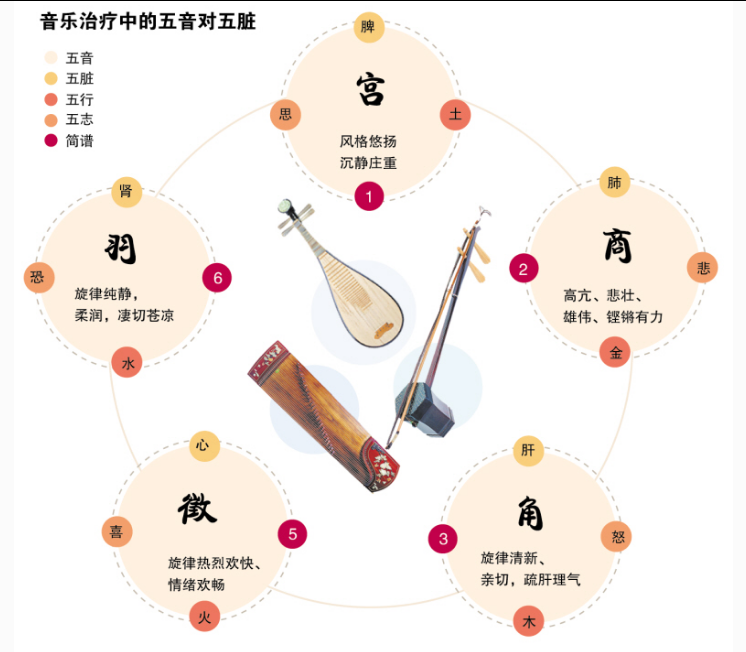Industry information
How to Realize Therapeutic Effect of Somatosensory Sound Wave (Music)
Somatosensory sound wave (music) therapy has a long history. It can even be traced back to the ancient Chinese "five-tone therapy". Five-tone therapy holds that "five-tone" is not only a part of five musical sounds that can be heard by the ear, but also a part of "harmonious resonance" of the viscera and meridians of the human body. As the "History of Music Book" said, "husband musicians, so turbulent blood, flow spirit. The Palace Museum moves the spleen, the lung, the liver, the heart and the kidney.

In the ancient Egyptian era, the ancient Egyptians at that time knew that brass instruments were used to relieve pain in the sciatic nerve directly and to treat pain with somatosensory music.
By the beginning of the 16th and 18th centuries, Chamber music, played or sung by several people and performed for a small number of noble members, had sprung up in European courts. The greatest feature of this concert is that performers and audiences get unusual feelings of music (such as deep intoxication) through the resonance of musical instruments and the conduction of chairs and floors. Chamber music makes European classical music develop rapidly.
In 1972, Dr. Kawabata, a Japanese rocket engineering expert, pointed out that the intoxication brought by somatosensory music to performers and listeners is not only the effect of hearing, but also the result of the "bone conduction" of musical instrument vibration through the body.
Inspired by Dr. Chuan Ying-fu, Komatsu, the founder of Pioneer Sound, the world's largest sound company, fully realized the excellence of "bone conduction" theory and founded the first company engaged in the research and development of somatosensory sound and devices in 1976. After more than 30 years of continuous technological improvement and theoretical perfection, finally developed a small high-efficiency transducer which can sort out the low-frequency signal of 16-150 Hz in music, and developed into a brand-new acoustical therapy technology and discipline all over the world. It is widely used in medical, psychological, language education, entertainment games and microorganisms. Fermentation and other fields.
In 1982, Dr. Olav Skile, a Norwegian educator and medical scientist, found that somatosensory music vibration can effectively alleviate the symptoms of limb spasm in children with cerebral palsy. For the first time, the concept of "Vibroacoustic Therapy" was put forward internationally. His research found that low frequencies in music (especially 40-80 Hz frequencies) are very effective in treating autism, migraine, muscle twitches and cerebral palsy.
Kris Chesky, director of the Center for Music and Medical Education at the University of North Texas, further studies have found that somatosensory music therapy at a frequency range of 60 to 300 Hertz at a specific amplitude is the best way to relieve body pain. Because the vibration in this frequency range has a good stimulating effect on the "Pacinian globule", it can alleviate pain, especially near the pain site.
Mr. Stendley of the National Institutes of Health Clinical Medical Center found that sensory music vibration can raise the temperature of fingers, which is a sign of deep relaxation.
Experts believe that: the fetus is accompanied by the mother's Music (wave) rhythm developed, we grow up, this early life development environment, still subconsciously residual memory./p>
For example, when a baby cries, once it is picked up by his mother, it immediately calms down, because the mother's sound wave rhythm conduction enables him to obtain unprecedented safety and comfort. This provides an irreplaceable help for those large groups suffering from sub-health problems.
Dr. Oiav Skile, a Norwegian educator and medical scientist, pioneered the concept of "sound wave decompression" and adopted more than 40,000 hours of clinical practice: low frequencies in music (especially in the frequency range of 40-80 Hz) are very effective in treating autism, migraine headache, muscle twitches and cerebral palsy.
Kris Chesky, Director of the Center for Music, Medicine and Education at the University of North Texas, USA: Sound therapy at a specific frequency range of 60 to 300 Hz is the best way to relieve body pain.
Because the vibration in this frequency range has a good stimulating effect on the "Pacinian globule", it can alleviate pain, especially near the pain site. (Note: Pacinian globules are widely distributed in subcutaneous nerve endings and are the brain's receptors for pain, stress and itching)
Dr. Yu Jin, Department of Rehabilitation, Guangzhou University of Traditional Chinese Medicine: Not only can patients feel the pleasure and pleasure of body and mind quickly, but also their limbs gradually relax from stiffness and tension. At the same time, combined with needle-retaining observation, it is also found that sound waves show the characteristics of meridian and bone conduction in the body, which makes the "Deqi" feeling and treatment of acupuncture and moxibustion. Effectiveness has been strengthened, and ultimately comprehensive rehabilitation effect has been achieved.


